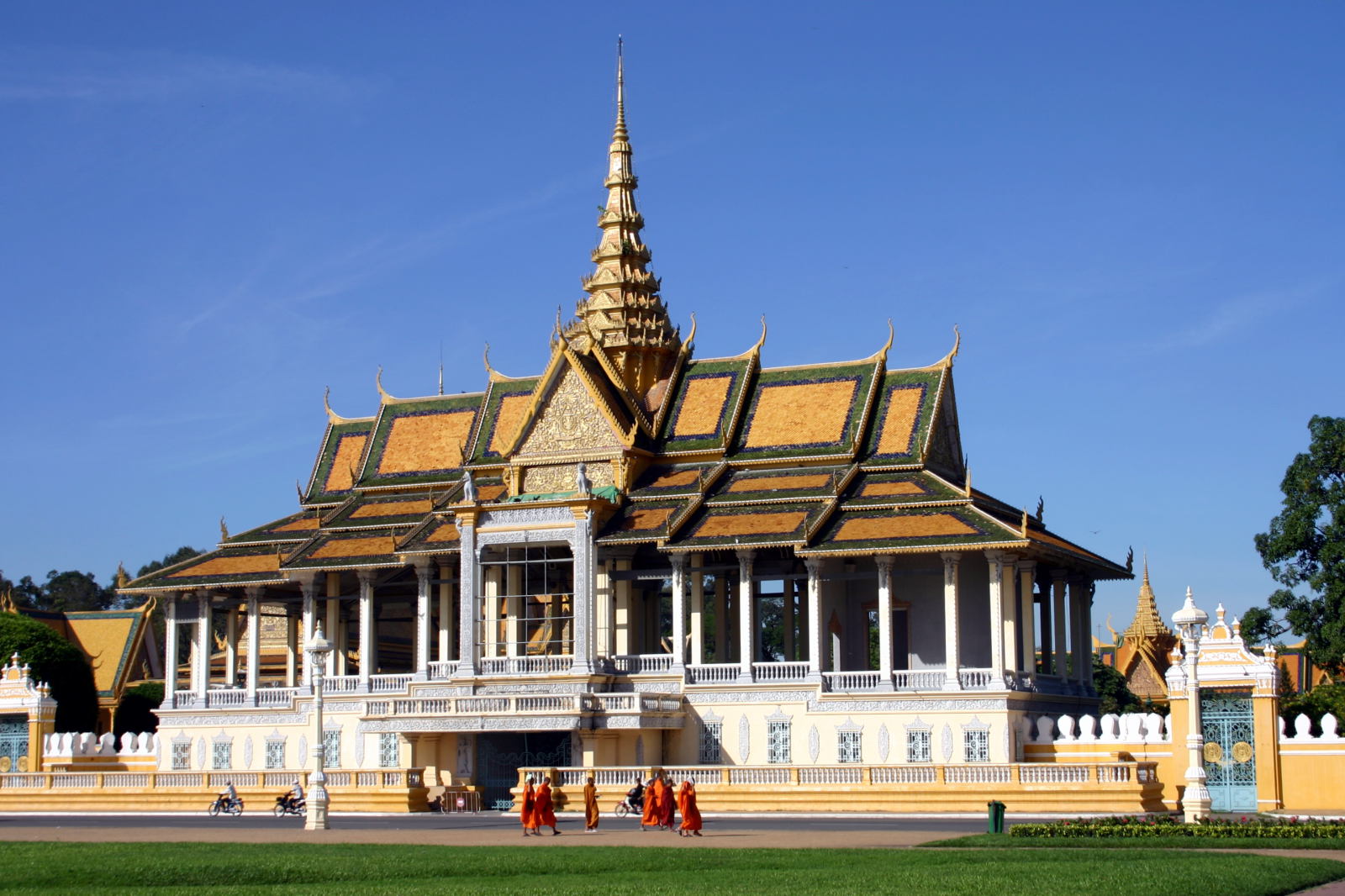Phnom Penh Travel Guide

Cambodia's capital retains much of its former colonial charm, with old houses along tree-lined boulevards. Although many people simply stop off in Phnom Penh on their way to Siem Reap and Angkor Wat, or even bypass it entirely for a direct flight to Angkor, to do so is to miss out on something special.
The city was practically emptied out by the Khmer Rouge and left to rot. There's a mad scramble to tart up the place, but pot-holed or unpaved streets are still quite common. The tree-lined avenues and Tonle riverside make Phnom Penh quite a pleasant place to stroll around in, and there are plenty of shops, stalls and a few attractions to hold your attention.
Legend has it that Phnom Penh was founded in 1372. It first served as Cambodia's capital in 1432, when King Ponhea Yat abandoned Angkor in the face of the invading Siamese. By 1505 the capital had been moved to Lovek, and Phnom Penh returned to the simple existence as a fishing village at the junction of the Tonle and Mekong Rivers. Its position helped it to become an important trading port by the seventeenth century, although this also made it a prime target for both Vietnamese and Thai invaders in the eighteenth century.
In 1863, King Norodom (great-great-grandfather of the current king), agreed to have Cambodia become a French protectorate to keep it safe from the Vietnamese. It was the French who suggested that the capital be moved back to Phnom Penh (from Oudong). Cambodia regained independence from the French in 1953, but the turmoil arising from the war in neighboring Vietnam eventually boiled into a civil war in the early 1970s. The Khmer Rouge eventually proved victorious in the war, and entered Phnom Penh in April 1975. Although initially welcomed into the capital, they ordered all of the residents of the city to leave. The city was abandoned, looted and left to rot for nearly four years. It wasn't really until the early 1990s that the city truly began the process of rebuilding and recovering its past glory.
Most of Phnom Penh's major sights are along the pleasant Tonle Riverside. In a large traffic circle north of the city center is Wat Phnom , which sits on a hill that gave the city its name. The temple had its beginnings in the fourteenth century, but has been rebuilt so many times that nothing remains of the original shrine. At the center of the city near the river is the Royal Palace , which also holds the magnificent Silver Pagoda . Next to the Royal Palace is the beautiful National Museum . A bit south of the Palace is the Independence Monument .
If you like colonial and early twentieth century architecture, then Phnom Penh is a great place to wander around. You will find a large number of grand residences and public buildings from the colonial era in various states of repair, and alongside these you will see some fine early modernist structures such as the Olympic Stadium .
In this section
Getting to Phnom Penh
How to get to Phnom Penh and away in Cambodia by the POSH Guide Continue reading
Phnom Penh Hotels
Recommended accommodations in Phnom Penh, Cambodia by the POSH Guide. Continue reading
Phnom Penh Shopping
Shopping in Phnom Penh, Cambodia by the POSH Guide Continue reading